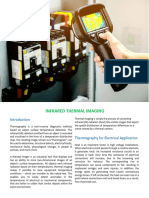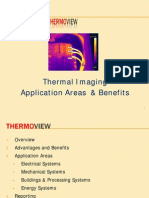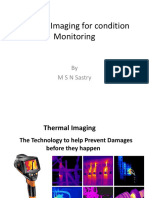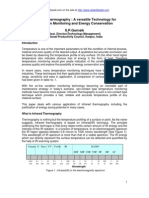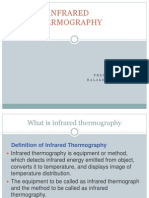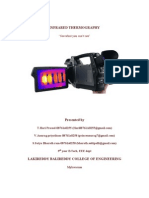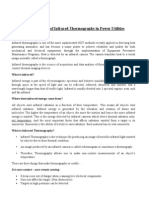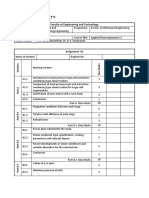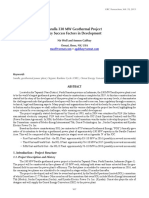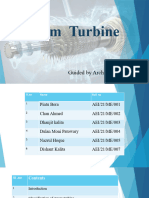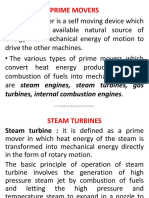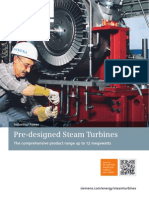0% found this document useful (0 votes)
119 views8 pagesElectrical Inspections With Thermal Imaging: Services
The document discusses many applications of thermal imaging/infrared thermography including electrical inspections, research and development, electronic equipment, automotive, condition based maintenance, buildings, roofs, petrochemical, steam turbines, quality control, non-destructive testing, aerospace, environmental, and more. It also discusses RWE Power International's use of thermal imaging for predictive, preventive, and reactive inspections of UK power stations.
Uploaded by
V.g.MohanBabuCopyright
© © All Rights Reserved
We take content rights seriously. If you suspect this is your content, claim it here.
Available Formats
Download as DOCX, PDF, TXT or read online on Scribd
0% found this document useful (0 votes)
119 views8 pagesElectrical Inspections With Thermal Imaging: Services
The document discusses many applications of thermal imaging/infrared thermography including electrical inspections, research and development, electronic equipment, automotive, condition based maintenance, buildings, roofs, petrochemical, steam turbines, quality control, non-destructive testing, aerospace, environmental, and more. It also discusses RWE Power International's use of thermal imaging for predictive, preventive, and reactive inspections of UK power stations.
Uploaded by
V.g.MohanBabuCopyright
© © All Rights Reserved
We take content rights seriously. If you suspect this is your content, claim it here.
Available Formats
Download as DOCX, PDF, TXT or read online on Scribd
/ 8




